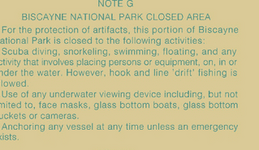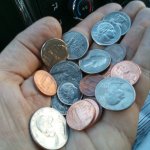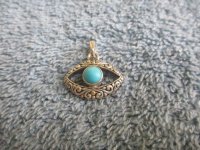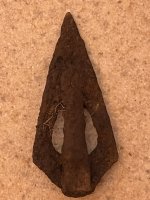I had never heard of this story before and, frankly, it sounds a bit far fetched.
Supposedly a galleon named Santa Margarita was blown into Biscayne Bay during a hurricane in 1595. The story goes that a number of silver bars were later recovered by a fisherman in the area.
I think it is possible, though unlikely, that a galleon could make it over the reefs and into Biscayne Bay. The stern castle perhaps??
Anyway, the story sounds a little fishy...does anyone have any hard information on possible losses from the 1595 flota??
Supposedly a galleon named Santa Margarita was blown into Biscayne Bay during a hurricane in 1595. The story goes that a number of silver bars were later recovered by a fisherman in the area.
I think it is possible, though unlikely, that a galleon could make it over the reefs and into Biscayne Bay. The stern castle perhaps??
Anyway, the story sounds a little fishy...does anyone have any hard information on possible losses from the 1595 flota??







